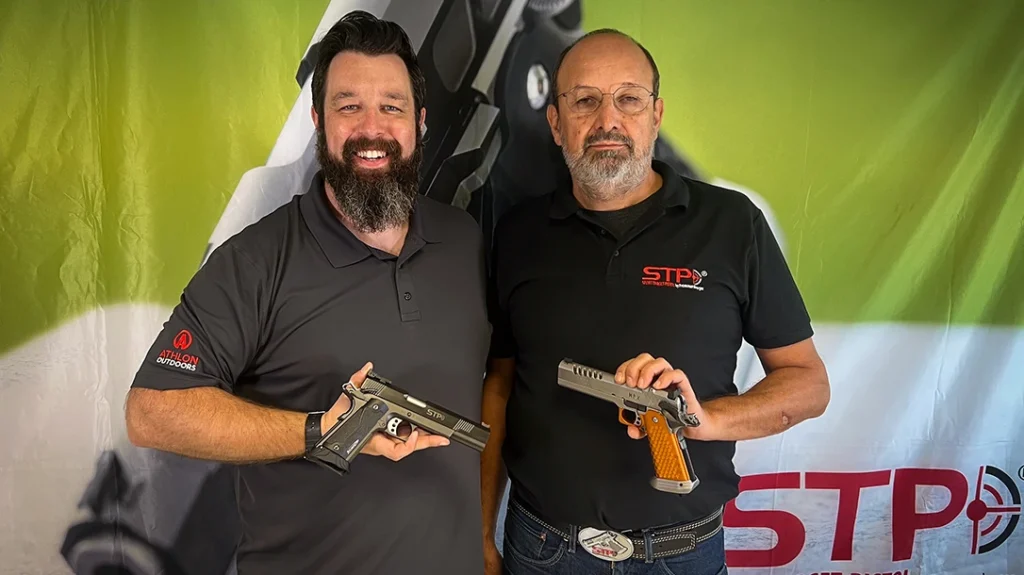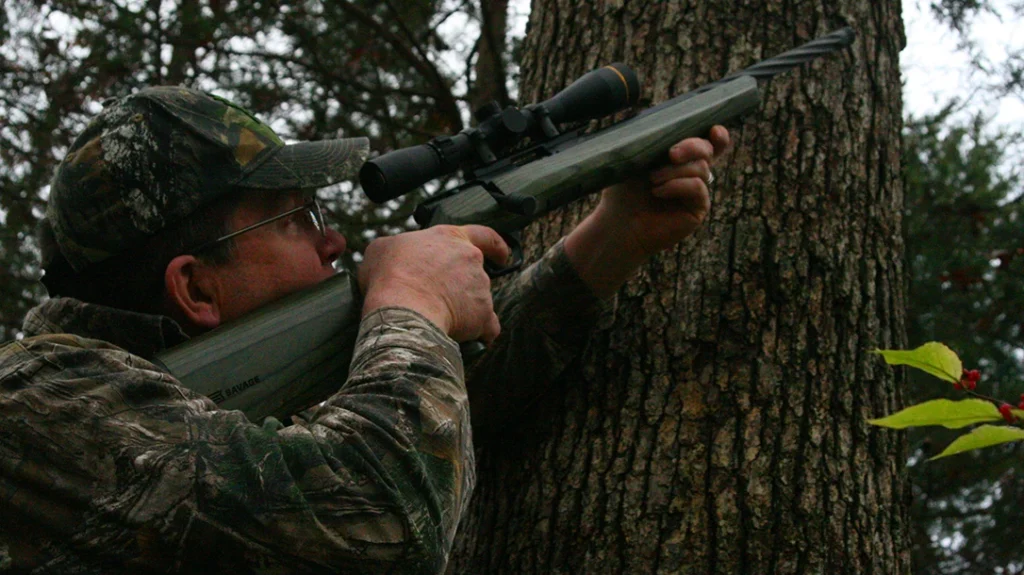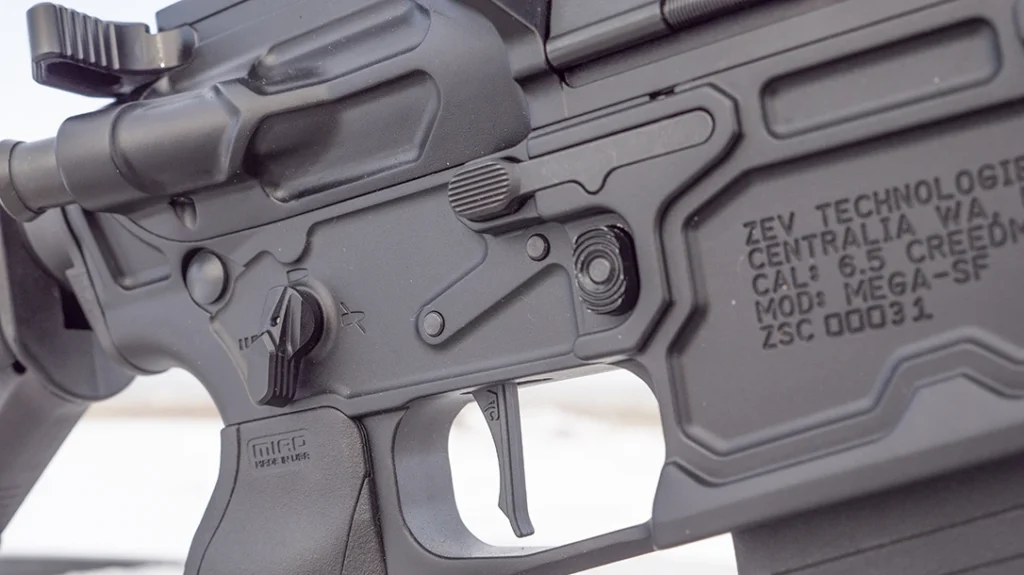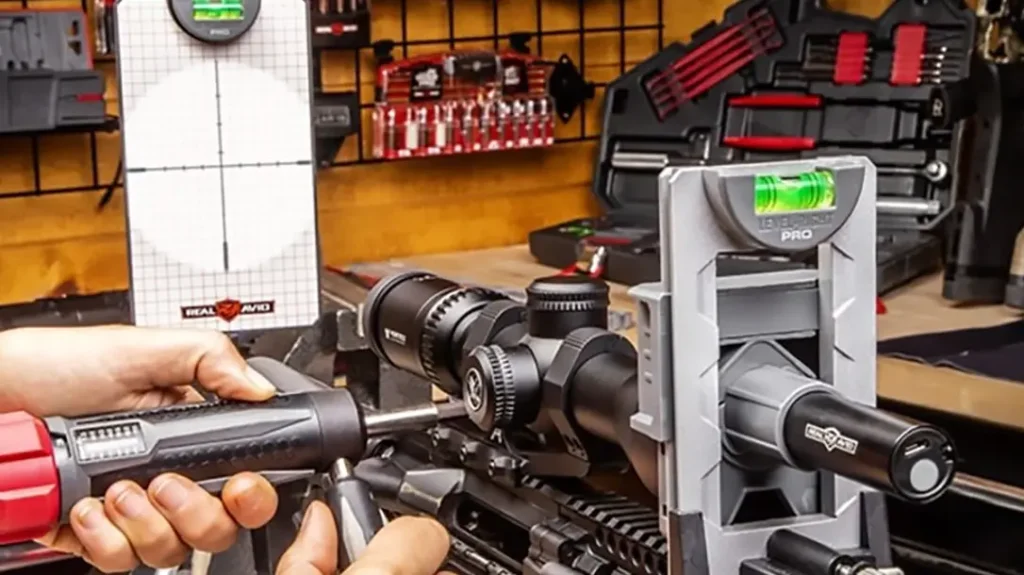This post was originally published on this site.
Sporting clays is one of the most enjoyable shotgun competitions available. In fact, it’s the one closest to actual field shooting, as different targets thrown at varying angles at different stations on the course often imitate quail, pheasant, partridge, ducks or even rabbits.
What makes it so exciting is that, unlike skeet and trap, you can visit a different range and discover target presentations that you didn’t see on your last trip. The variety of targets and the tranquility of moving from station to station in a field or woods creates a different ambiance than shooting skeet or trap.
Advertisement — Continue Reading Below
Sporting Clays 101
As a refresher, unlike skeet and trap, sporting clays is not shot on a field with a single house as in trap, or two houses as in skeet. Sporting clays is typically shot in squads of two to six people and played over a course of 10 to 15 shooting stations laid out around fields or natural features of the land. While the typical clay target is the same as those used in skeet and trap, sporting clays also employs specialty targets to create the illusion of speed or distance in the shooter’s eye, moving at speeds or in ways similar to game birds. All can be thrown as singles or pairs.
Squads of two to six shooters begin at the first station and proceed around the course in numerical order. Before the first shooter in each squad takes their shot, targets will be launched to familiarize them with the types of targets being thrown and the direction in which they’ll fly, allowing shooters to develop a strategy for hitting the targets at that station. A round is considered complete when all shooters have fired at all stations. Typically, a round will have shooters firing 100 shotshells at the targets.
Now, let’s take a look at the equipment needed to start shooting sporting clays.
Advertisement — Continue Reading Below
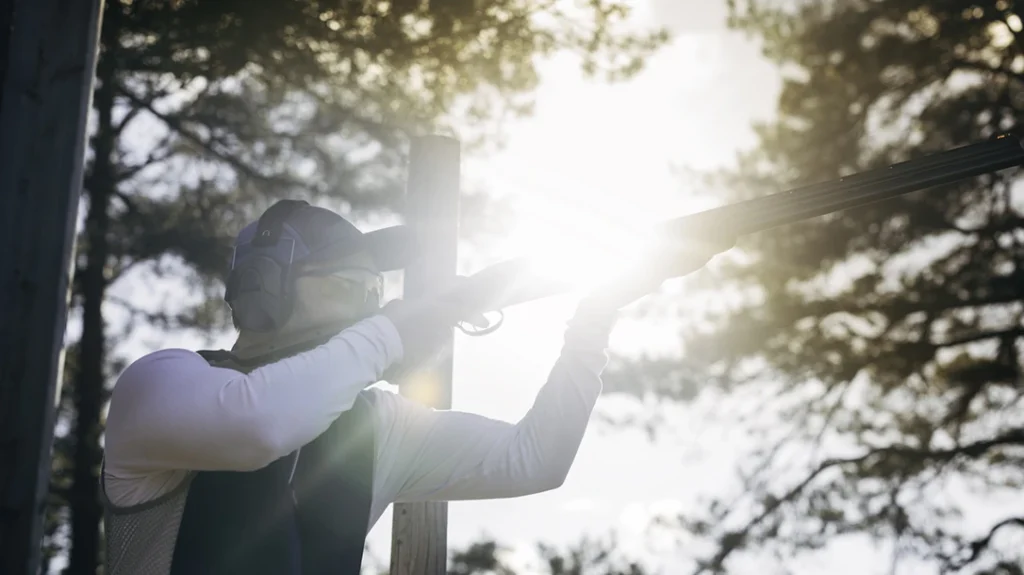
Shotgun
As you likely expected, a good shotgun is the first necessity. At its highest level, sporting clays is dominated by the 12-gauge, with high-end over-under double barrels reigning supreme, closely followed by semi-automatic shotguns. Of course, you can use any gauge or action you prefer. However, smaller gauges, with their reduced number of pellets, put you at a disadvantage, as do pump-action shotguns that simply aren’t as quick on follow-up shots as doubles or semis.
For beginners, I recommend a shotgun with either an over-under or semi-auto design, featuring 28-inch barrels and interchangeable chokes. One important note: An ill-fitting shotgun does not support success in sporting clays, so ensuring you select a shotgun that fits properly is more important than any specific brand or model.
Advertisement — Continue Reading Below
Shotgun Choke
Sporting clays is shot at a variety of distances, some clays flying at skeet ranges and others much further. Some of those longer shots lend themselves toward a tighter choke, which keeps more pellets in the kill zone at a longer distance.
Sporting clays shooters should, at a minimum, have improved cylinder and modified choke tubes. A more open choke like Cylinder might be advantageous on some really close shots, while an Improved-Modified, which is slightly tighter than a modified choke, can make the difference on some extra-long shots that are a big harder to break with an open choke. While many top-level shooters prefer to use one choke for an entire round, some pick and choose depending on the target presentation and distance.
Ammunition
Typical shotshells with lead shot are typically used for shooting sporting clays. Those with smaller pellets, like No. 8, are best, as they have more pellets within their pattern, and clay birds aren’t all that hard to break if you hit them. Look for shotshells labeled “Target Loads” or“Sporting Clays” loads, and they’ll serve you fine.
Advertisement — Continue Reading Below
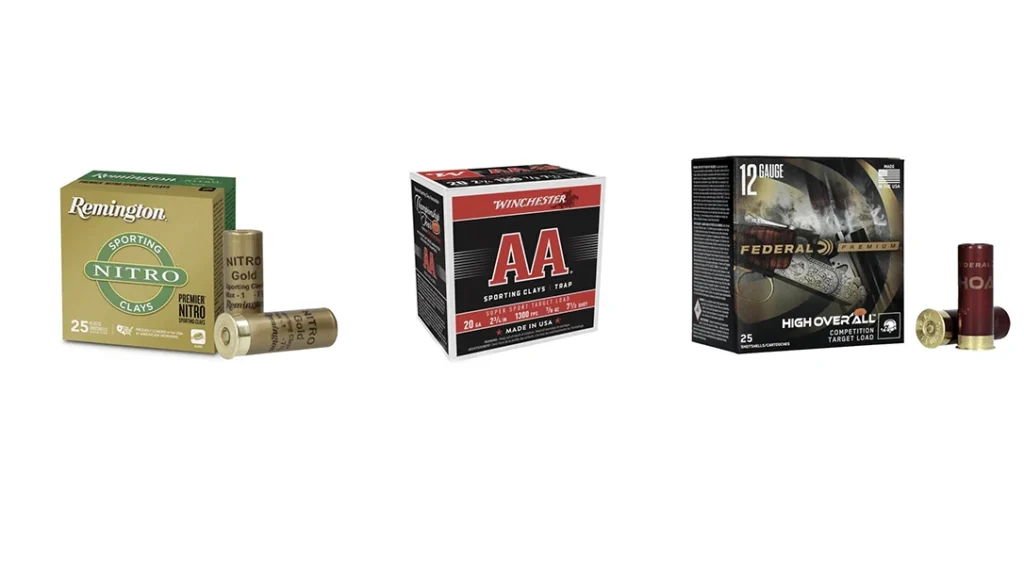
Several manufacturers, including Federal, Winchester and Remington, have designed purpose-made loads just for shooting sporting clays. They’re a little more expensive but are certainly quality ammo for getting the job done.
Eye & Ear Protection
Two things that must always be protected when shooting are eyes and ears. And sporting clays shooters can use much the same eye and ear protection as those who shoot skeet and trap.
Advertisement — Continue Reading Below
Many companies make top-quality shooting glasses that will do the job. While a typical pair of sunglasses can be worn at the range, purpose-made shooting glasses with stronger lenses and various colors of lenses to aid vision are always safer and better. Trap and skeet shooters can get away with glasses with just one set of lenses, the varying target backgrounds in sporting clays as you move from station to station makes having a pair of eye pro with interchangeable lenses of different hues a big advantage. While many of these are quite costly, the Crossfire Double Shot from Radians and Sport Glasses with Interchangeable Lenses from Walker’s offer those features at a beginner’s price.
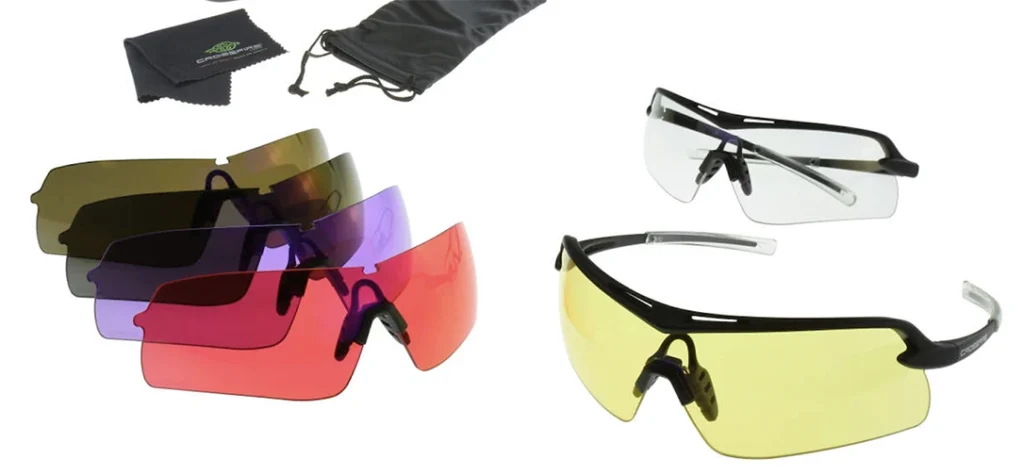
For ear protection, most sporting clays, like skeet and clays shooters, opt for in-ear designs sincemuffs can make it hard to shoulder their shotgun and get their head down on the stock properly every time. get in the way of shouldering your shotgun properly. Five pairs of Walker’s Foam Earplugs cost only about $4. Of course, more sophisticated in-ear models are also available and,while pricier, offer other good features like magnifying sounds like range commands and others speaking, then blocking the noise when a gun is fired.
Advertisement — Continue Reading Below
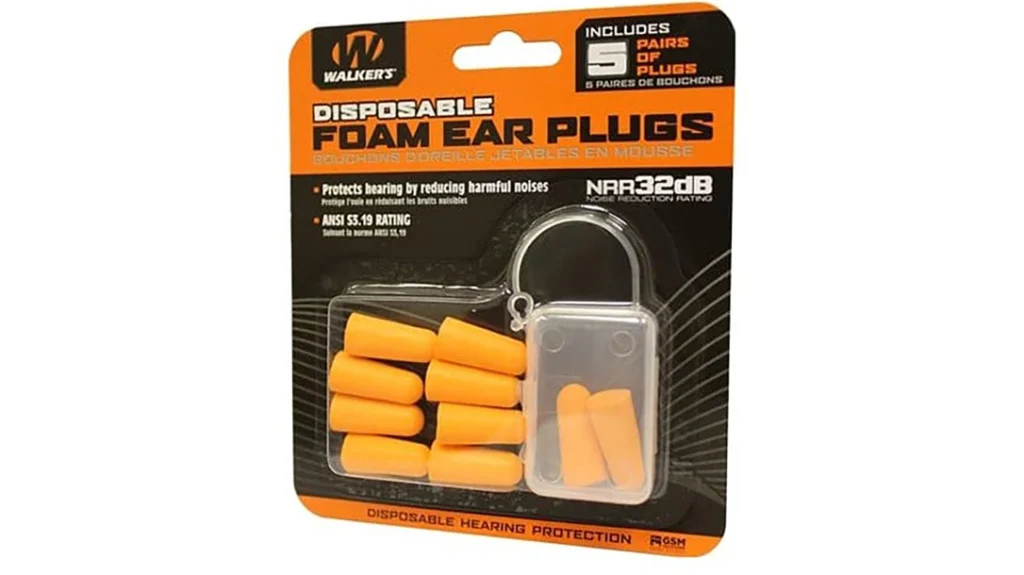
You can also check out Michael D’Angona’s guide on 8 Products To Protect Your Eyes & Ears.
Clays Vest
You’ll need a place to carry shells, extra chokes and other gear, and a purpose-made sporting clays vest is the best all-around option. Beretta’s Full Mesh Shooting Vest is available for under $100 and has all the features you’d need, including padded shooting patches, large front-loading pockets, and breathable mesh on the front and back.
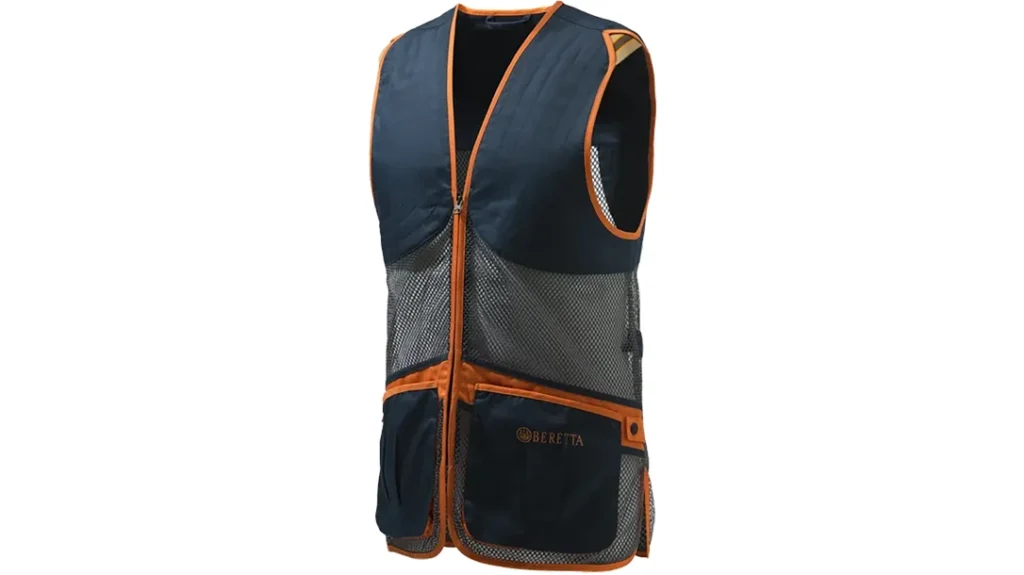
The post Shooting 101: Getting Started In Sporting Clays appeared first on Athlon Outdoors Exclusive Firearm Updates, Reviews & News.

